You’ve just finished a feedback conversation with your manager. Your manager has asked you to work on something that sounds a bit vague, like “executive presence,” “strategic thinking,” or “being more of a leader.” During the conversation, you nodded in agreement and said “sure, I can work on that.” But now, you are wondering what the feedback actually meant and what to do next. To process vague feedback and initiate change there are four critical steps.
-
Ask for clarity
-
Find meaning
-
Get specific
-
Hold yourself accountable
1. Ask for clarity
Concepts like strategic thinking or executive presence can mean different behaviors, activities and outlooks across companies and individuals. You need to understand what the term means within the context of you as a person, your role, and your company. One way to do this is to ask your manager open-ended questions, like:
- What does [term] mean within our organization?
- What is a good example of how [term] looks like within our company?
- Who exemplifies [term] either inside or outside of our company?
- When I was working on [X] project/ function, what could I have done differently to display [term]?
- What does it look like when I successfully implement the feedback?
- Before the meeting with your manager, try to develop a starter definition of what you think the term means based on your specific role and organization. That way, if the conversation with your manager stalls or he/she is unable to be specific, you can offer your ideas and ask for them to reflect. Here are some general definitions:
- Executive presence – ability to exude confidence, persuasively present ideas and utilize knowledge across several domains to resolve problems and conflicts
- Strategic thinking – forward-looking mentality with an ability to draw insights from a variety of analyses and data points to help guide the future of the organization
- Becoming a leader – ability to effectively guide others to meet both business and personal development goals
Role models can be very useful for finding clarity as well. Using the definition from your manager, think of someone you see day to day or in the general business community that exemplifies the traits and behaviors you seek to develop. Use him/her to help define what you want to become.
2. Find meaning
Once you understand the feedback, dig into why it is important for you to act upon. There are multiple points of view to consider as you explore the meaning of acting upon the feedback: you, your manager and your company. Consider which of these rationales resonate with you, and you can use that as inspiration. Here are some questions to parse out the real value of changing:
- What will you gain from developing these skills?
- What could change for you once you acquire this new skill?
- What does your manager hope to achieve through your improvement?
- How does your company benefit from having you build this skillset?
- Which rationale for change do you find the most compelling?
After you identify how this feedback resonates with you, think about how you can harness that meaning and use it to motivate you as you work toward change.
3. Get specific
Now that you’ve defined your end state and its meaning, you need to get specific. You need to identify exactly what you need to do and how you’ll do it. If this sounds very task, or list-oriented, that’s because it is! Growth is an intentional and deliberate process.
Using what or who exemplifies your desired end state, think about the following questions:
- What behaviors define your end state?
- What skills or knowledge should you acquire?
- What activities will help you improve?
Once you’ve identified what you need to acquire or change, then you can identify how you’ll do it.
- What formal training do you need?
- What resources can you draw upon?
- Who could be helpful to you as you work on your feedback?
- How will you work on the feedback, step-by-step or in parallel?
A way to start is to choose one discrete behavior that you can begin to change and measure results on immediately. For example, if your goal is building executive presence, think of the specific behaviors identified by your manager and demonstrated by your role models. They may include a laundry list of things, but choose one like pausing to allow others to speak. For a week, keep track of the interactions where you did or did not display this behavior. Notice patterns and situations in which you are successful and build on those opportunities.
4. Hold yourself accountable
Now that you have identified important activities to work on or behaviors to modify, it’s time to act! There are a variety of approaches to keep yourself accountable. For some, they find that accountability is an individual, solo activity; some people are motivated by being accountable to others. Choose an approach that you can genuinely follow over a longer period of time. Here are some questions to help identify an approach:
- When you have made a successful change in the past, what strategies did you employ to stay on track? How could that help here?
- Who could be an ally in offering feedback on your progress? How will you ask for their feedback?
- How will you measure and record your success?
- What is the order of priority for each area of improvement?
- What is the timeline for each area of improvement?
- How will you celebrate and discuss your success?
Translating broad feedback is manageable when you think about it in four steps: clarifying, finding meaning, getting specific and holding yourself accountable. Break down the big vague term into much smaller, digestible parts and you’ll be able to act on feedback more easily and celebrate your success faster.



